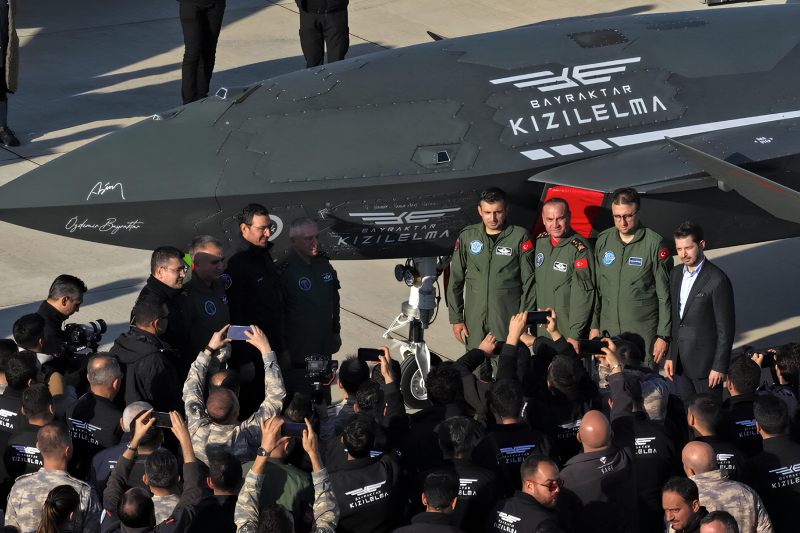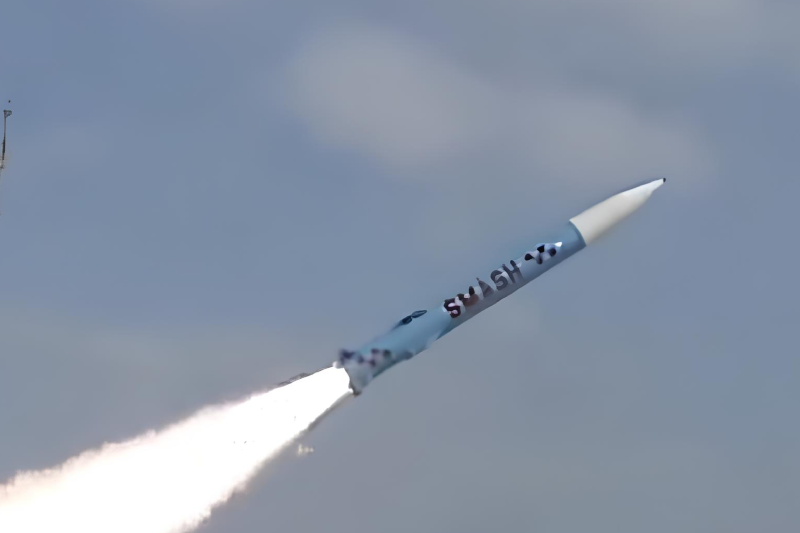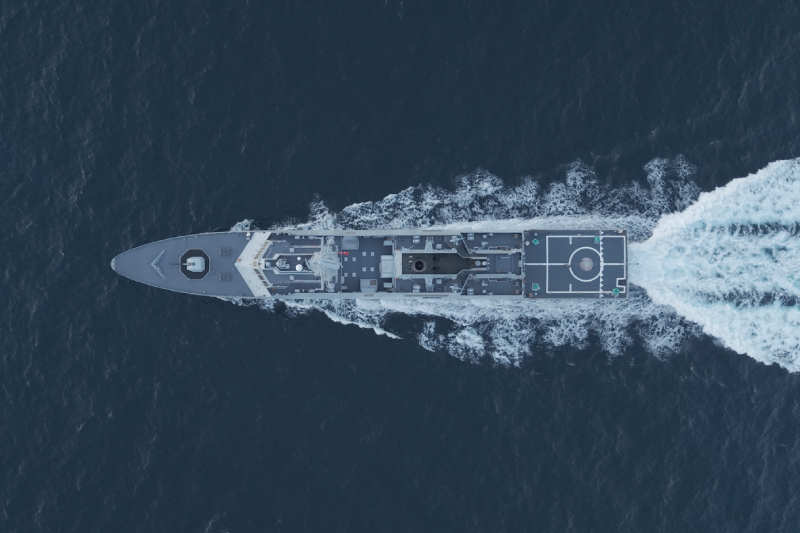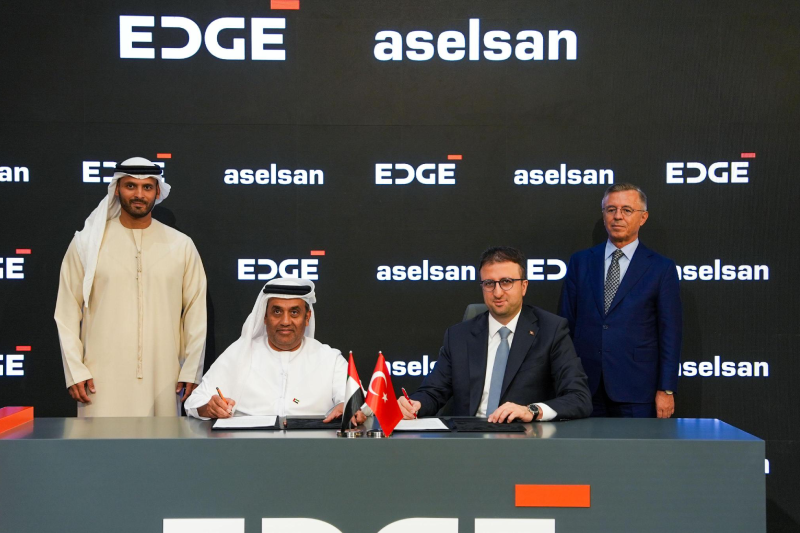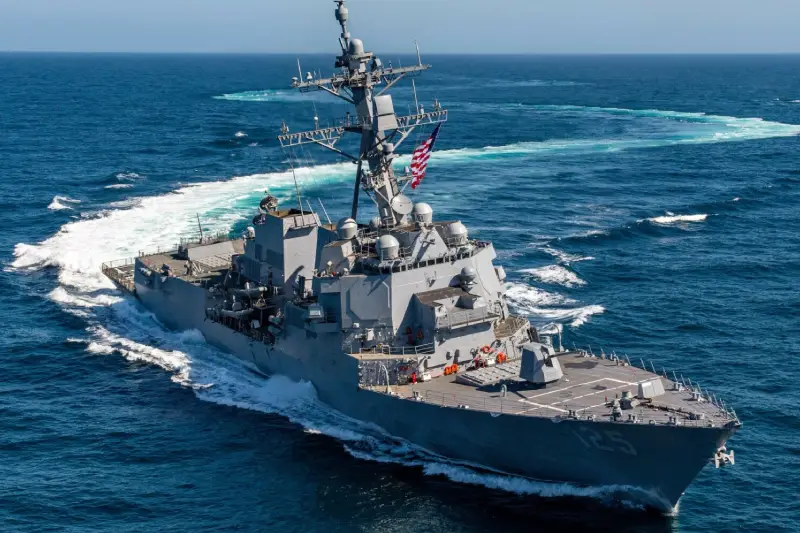US Navy Orders New Arleigh Burke Destroyer from General Dynamics
The US Navy Arleigh Burke destroyer program continues its impressive expansion as General Dynamics Bath Iron Works secures a significant new construction contract for DDG-148, marking another milestone in America’s naval modernization efforts. This latest US Navy Arleigh Burke destroyer order brings the total procurement number to more than 90 vessels, reinforcing the platform’s position as the backbone of American naval surface warfare capabilities and demonstrating continued confidence in this proven destroyer design.
Program Milestone Exceeds 90 Destroyers
The award of DDG-148 to General Dynamics Bath Iron Works represents a significant achievement for the Arleigh Burke destroyer program, pushing total procurements beyond the 90-vessel threshold. Currently, 74 of these advanced destroyers have been commissioned and are actively serving at military installations across the continental United States and overseas deployments worldwide.
This substantial fleet represents one of the most successful naval shipbuilding programs in modern history, providing the US Navy with consistent, reliable, and technologically advanced surface combatants. The program’s longevity and continued expansion demonstrate both the design’s fundamental soundness and the Navy’s confidence in the platform’s ability to meet evolving maritime threats.
Active Construction Portfolio at Bath Iron Works
General Dynamics Bath Iron Works currently maintains an impressive production schedule, simultaneously constructing two Flight IIA Arleigh Burke-class destroyers alongside five advanced Flight III variants. This diverse construction portfolio showcases the shipyard’s capability to manage multiple complex projects while incorporating the latest technological improvements across different flight configurations.
The shipyard’s recent delivery of USS John Basilone (DDG 122) in July 2024 demonstrates the facility’s continued ability to meet delivery schedules while maintaining the high quality standards demanded by naval operations. This successful commissioning provides confidence in the shipyard’s capacity to handle the additional DDG-148 construction requirements.
Recent Construction Achievements
General Dynamics achieved another significant program milestone in May with the keel laying ceremony for the program’s 82nd hull at their Maine facility. This ceremony represents a traditional naval milestone that marks the official beginning of construction for each vessel, symbolizing the shipyard’s commitment to continuing this important naval capability.
Charles Krugh, president at Bath Iron Works, expressed pride in the company’s selection for DDG-148 construction, emphasizing the organization’s dedication to contributing to national defense capabilities. His comments highlighted ongoing efforts to improve construction processes and adhere to planned schedules, demonstrating the company’s commitment to delivering quality vessels on time.
Schedule Recovery and Process Improvements
Bath Iron Works leadership has acknowledged previous schedule challenges while emphasizing current efforts to recover lost time and improve delivery performance. Krugh specifically mentioned the team’s focus on “clawing back schedule” to ensure more Bath-built ships reach the Navy according to planned timelines.
These process improvements reflect the shipyard’s commitment to operational excellence and recognition that timely delivery is crucial for maintaining naval readiness. The emphasis on building to plan demonstrates a systematic approach to project management that should benefit not only DDG-148 but future destroyer construction projects as well.
Advanced Arleigh Burke Technical Specifications
The Arleigh Burke-class destroyer represents a sophisticated blend of size, power, and capability, measuring up to 510 feet in length depending on specific configuration requirements. First introduced in the 1980s, the design has undergone continuous evolution to address emerging threats and incorporate advancing technologies.
Each destroyer is powered by four General Electric gas turbines generating approximately 26,200 horsepower each, supplemented by Rolls-Royce generators providing 5,400 horsepower apiece. This impressive powerplant enables the vessels to achieve speeds of 30 knots while maintaining an operational range of 4,400 nautical miles, providing commanders with significant tactical flexibility.
Multi-Mission Combat Capabilities
The Arleigh Burke destroyer design emphasizes multi-mission operations, incorporating advanced sensors, electronic warfare systems, naval guns, torpedoes, machine guns, and sophisticated decoy countermeasures. This comprehensive weapons suite enables engagement of air, surface, and subsurface threats across diverse operational scenarios.
The platform’s missile systems represent particularly advanced capabilities, providing long-range engagement options against multiple threat types simultaneously. These weapons systems, combined with advanced radar and fire control systems, create a formidable surface combatant capable of independent operations or integration with larger naval task forces.
Crew Accommodations and Aviation Support
Each Arleigh Burke destroyer accommodates up to 300 crew members and passengers, providing adequate space for extended operations while maintaining crew comfort and operational effectiveness. The vessels include comprehensive life support systems, recreational facilities, and medical capabilities necessary for sustained deployments.
The destroyers are specifically outfitted to support maritime helicopter operations and carry small rigid-hull inflatable boats, extending their operational reach and providing additional mission flexibility. These aviation capabilities enable the vessels to conduct search and rescue operations, special operations support, and extended reconnaissance missions beyond their immediate sensor range.
Strategic Fleet Distribution
With 74 commissioned Arleigh Burke destroyers currently homeported at installations across the continental United States and overseas locations, the Navy maintains a robust global presence. This distributed fleet structure ensures rapid response capabilities across multiple geographic regions while providing sustained presence in strategically important areas.
The overseas homeporting strategy demonstrates the destroyers’ reliability and maintainability, as these vessels must operate effectively with limited shore-based support infrastructure. This global distribution also provides valuable operational experience that informs future design improvements and operational procedures.
Also read this: Northrop Grumman Reveals First Tech Partners For Beacon Autonomy Program
Future Program Outlook
The continued procurement of Arleigh Burke destroyers, including the latest DDG-148 contract, demonstrates the Navy’s long-term commitment to this proven platform. As threats continue evolving in complexity and sophistication, these destroyers provide a stable foundation for incorporating new technologies and capabilities while maintaining operational continuity.
The success of the Arleigh Burke program positions General Dynamics Bath Iron Works as a critical component of American naval shipbuilding infrastructure, ensuring continued domestic capability for constructing advanced surface combatants essential to national security and global maritime stability.
Join us on Facebook, Twitter, YouTube, Instagram, and TikTok for real-time coverage of defense events worldwide.
Discover more from International Defence Analysis
Subscribe to get the latest posts sent to your email.





